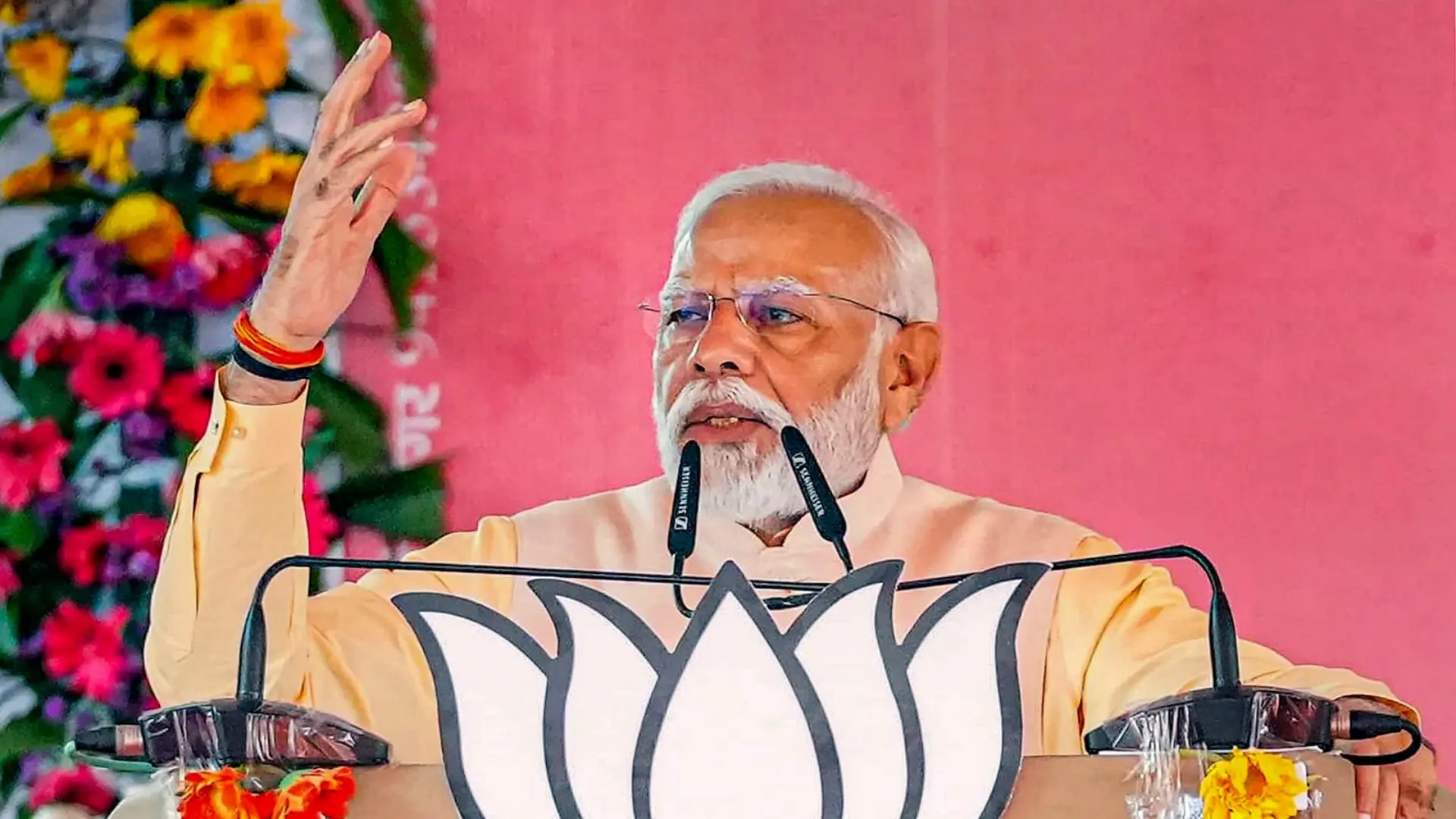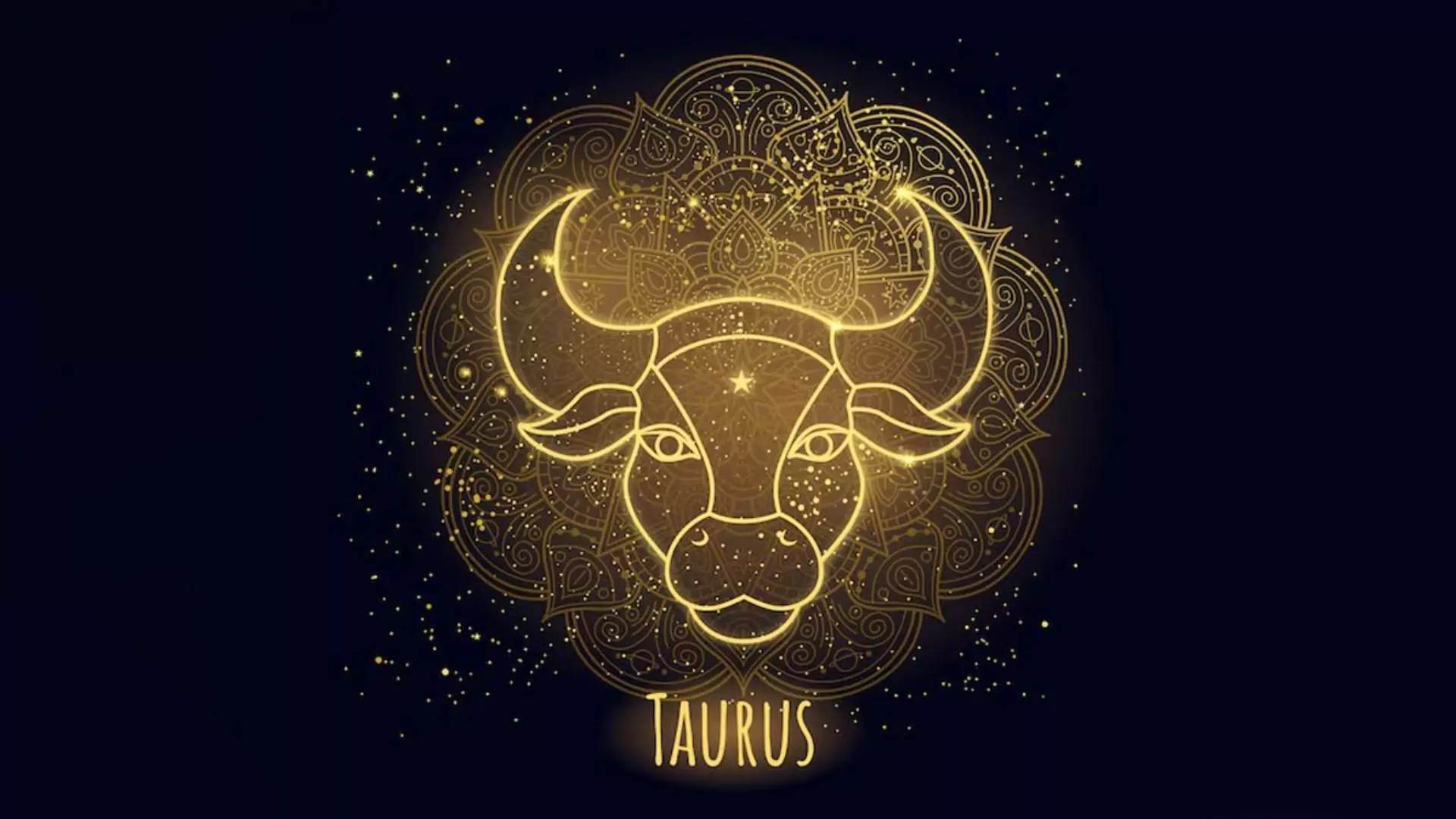Sunaina Kwatra, Partner at Styl Capital and a seasoned fashion executive with extensive experience building iconic luxury brands like Louis Vuitton and Givenchy, believes sustainability is no longer just a buzzword but the future of the fashion industry. In an exclusive conversation with NewsX, she discusses how sustainability is reshaping the global fashion landscape, the challenges brands face, and the innovative practices driving eco-conscious change. Kwatra also shares her vision for a greener fashion industry, where ethical practices and profitability coexist harmoniously.
Why is sustainability such a buzzword in the fashion industry?
Sunaina Kwatra: Sustainability has become a buzzword because there is growing awareness among consumers about the environmental and social impact of their purchasing choices. The fashion industry, in particular, has long been notorious for its significant contribution to pollution and waste. As consumers demand more transparency and ethical practices, brands are feeling the pressure to adapt and integrate sustainable practices into their business models.
How much waste does fashion cause to the planet?
The fashion industry is one of the largest contributors to global waste. It is estimated that 92 million tons of textile waste are produced annually, with much of this ending up in landfills or incinerators. Fast fashion exacerbates the issue by encouraging overconsumption and rapid disposal of garments. While the numbers are alarming, they also highlight the urgent need for innovation in materials, manufacturing processes, and consumer behaviour to mitigate the industry’s environmental footprint.
What makes a garment sustainable?
A sustainable garment is one that is designed, produced, and disposed of in a way that minimizes harm to the environment and society. This can include using eco-friendly materials like organic cotton, hemp, or recycled fabrics, as well as adopting energy-efficient production methods. A garment is also considered sustainable if it is built to last longer, which reduces the need for frequent replacements.

How competitive is India in the sustainable fabric market?
India is becoming an increasingly competitive player in the sustainable fabric market. The country has a rich history in textiles, and in recent years, there has been a growing shift towards eco-conscious manufacturing practices. India is home to a wide variety of natural fibres, such as organic cotton and bamboo, which are key to creating sustainable fabrics. Additionally, there is a strong push from both government and private sectors to adopt more environmentally friendly production techniques.
Can sustainability in fashion be profitable for brands?
Absolutely. While the upfront investment in sustainable practices may be higher, the long-term benefits can outweigh the costs. Consumers today are willing to pay a premium for products that align with their values, including sustainability.
What role do consumers play in pushing brands toward sustainability?
Consumers are playing a pivotal role in driving the shift toward sustainability. With access to more information than ever before, shoppers are increasingly demanding that brands be more transparent about their sourcing, manufacturing processes, and environmental impact. This has prompted many brands to rethink their strategies, not just to remain competitive, but to meet consumer expectations.
What challenges do brands face when trying to adopt sustainable practices?
One of the biggest challenges is cost. Sustainable materials and production methods often require more investment upfront. For many smaller brands, this can be a significant barrier. There’s also the complexity of sourcing ethical materials and ensuring that the entire supply chain adheres to sustainable standards, which requires more resources, monitoring, and sometimes, third-party certifications.
What are some of the most promising innovations in sustainable fashion?
There are several exciting innovations happening in the sustainable fashion space. One of the most promising is the development of bio-based fabrics, such as lab-grown leather and fibers made from algae, fungi, and food waste. These materials not only reduce reliance on petrochemicals but also offer unique textures and properties that could redefine fashion design. Another major innovation is circular fashion, which involves designing products that can be easily disassembled and recycled at the end of their life cycle.
How do you think sustainability will evolve in fashion over the next 5-10 years?
I believe we’ll see sustainability move from a ‘trend’ to a fundamental aspect of all fashion brands, not just those targeting eco-conscious consumers. Sustainability will likely become a standard practice, with brands incorporating it into their DNA. In the next 5-10 years, we may see widespread adoption of circular business models, where products are designed with their end-of-life in mind.

How important is it for fashion companies to collaborate with one another in sustainability efforts?
Collaboration is absolutely critical. Sustainability is such a complex and multifaceted issue that no single company can solve it alone. It requires shared knowledge, resources, and even new business models. Many companies are beginning to work together on creating industry-wide standards and best practices for sustainability. Collaborations between designers, manufacturers, and even technology companies can help scale innovations faster and more effectively.
What advice would you give to emerging fashion brands that want to incorporate sustainability into their business model?
Start by defining what sustainability means for your brand. It’s not a one-size-fits-all approach—whether it’s using ethical materials, ensuring fair labour practices, or reducing your carbon footprint, it’s important to align your actions with your brand values. Be transparent with your customers about your efforts and challenges; authenticity goes a long way.
How do you see the relationship between luxury fashion and sustainability? Can they coexist?
Luxury fashion and sustainability can definitely coexist, and in fact, many luxury brands are leading the way in integrating sustainability into their operations. For luxury brands, sustainability is not just about using eco-friendly materials; it’s also about the timelessness of the products they create. Luxury fashion is built on the idea of quality and longevity, and these values align perfectly with sustainability.
Can you tell us more about the sustainable fashion brand you’re working on in India?
Absolutely. The brand we’re working on is incredibly exciting because it brings together India’s rich textile heritage with modern sustainable practices. We’re focused on using natural, organic fabrics and developing designs that have a minimal environmental footprint. It’s about making garments that are not only stylish but also have a story to tell about the people and processes behind them. The goal is to launch the brand in the U.S. in 2025, and we’re aiming to tap into the growing demand for sustainable fashion among American consumers. We’re building a brand that will be transparent about its sourcing, give back to communities, and provide high-quality products that customers can feel good about wearing.




















